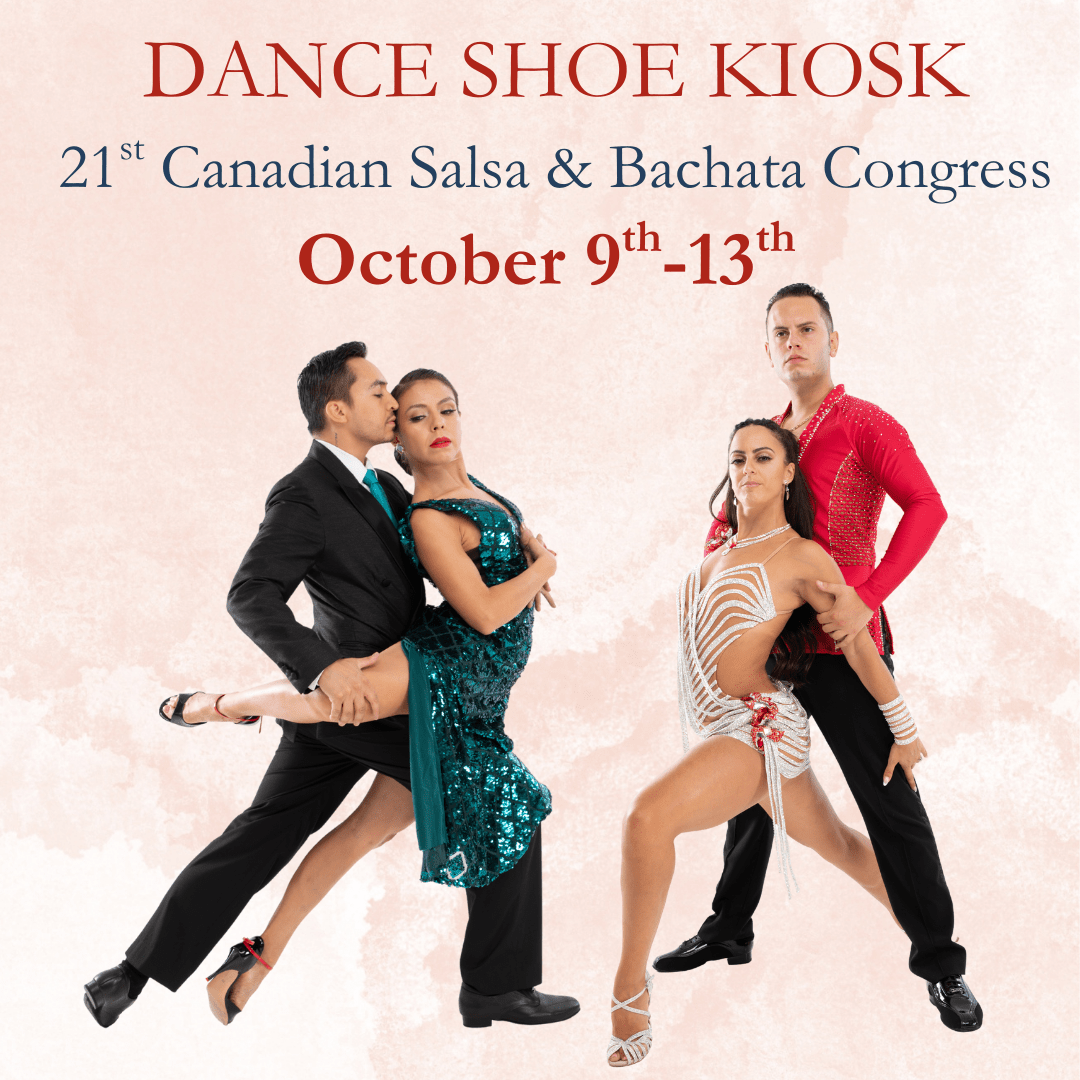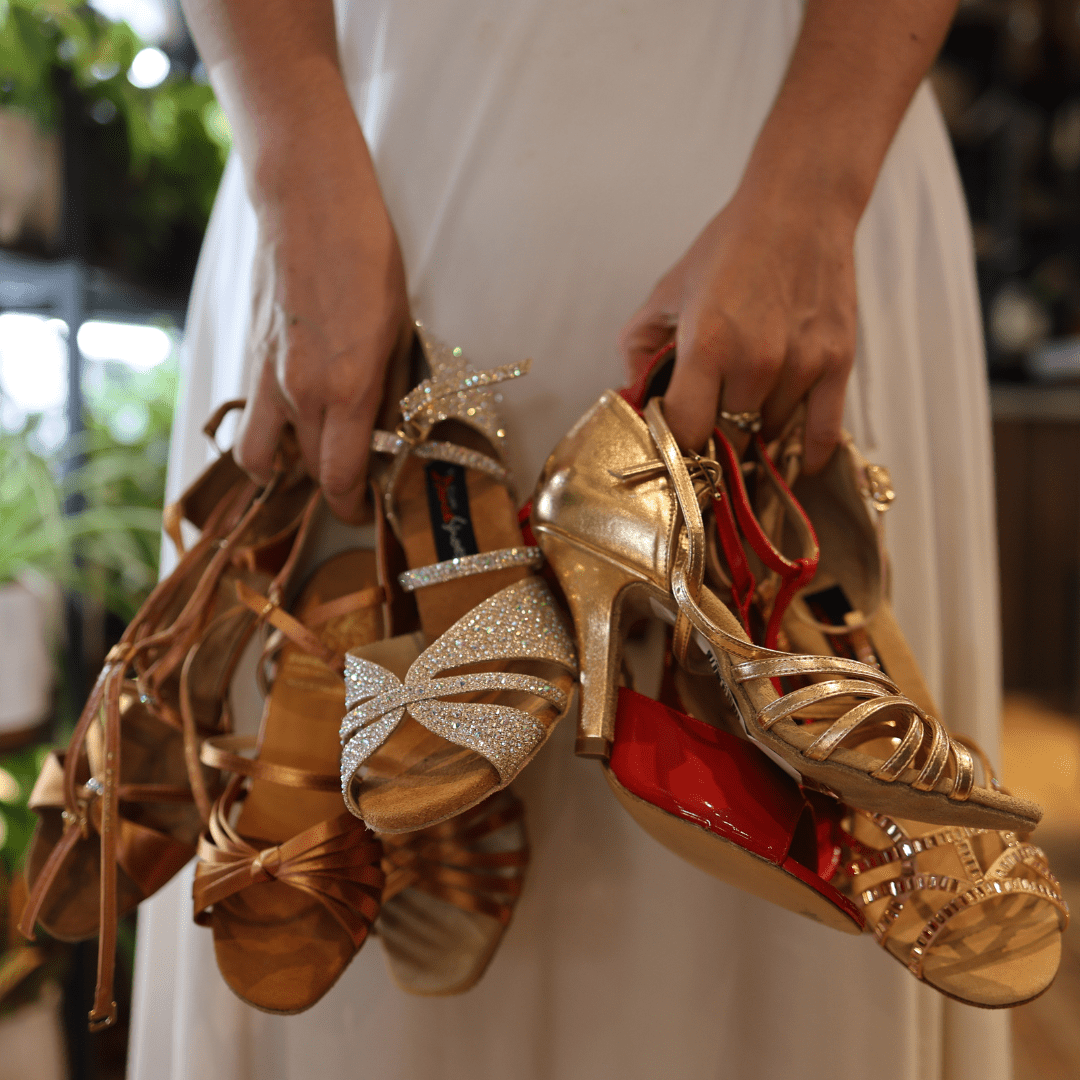Are you a fan of Tango dancing? Have you ever wondered about the differences between Argentine Tango and Ballroom Tango? Although these two styles share a common origin, they have evolved differently over time, resulting in some key differences. Let's explore these differences;

Origin and History
Argentine Tango and Ballroom Tango both come from the same Tango roots, but they developed in different contexts. Argentine Tango was born in the streets and clubs of Buenos Aires, Argentina, in the late 1800s. It was a dance that reflected the working-class culture of the city and was known for its improvisational style, close embrace, and intimate connection between partners.
Ballroom Tango, on the other hand, emerged as a more formalized version of Tango that was performed in ballrooms and dance competitions in the early 20th century. It was influenced by various dance styles, including the Waltz and Foxtrot, and emphasized precise footwork and an upright posture.
Embrace
One of the most noticeable differences between Argentine Tango and Ballroom Tango is the embrace. Argentine Tango is famous for its close, intimate embrace, where the partners' chests are in contact, and their legs are intertwined. The connection between the partners is soft and flexible, allowing for improvisation and interpretation of the music.
Ballroom Tango, on the other hand, features a more upright and structured embrace, where the partners maintain a distance between their chests. The connection between the partners is firmer and more fixed, allowing for the execution of precise footwork and shaping.
Footwork
Another significant difference between the two Tango styles is the footwork. Argentine Tango is characterized by a walking style that emphasizes the natural sway of the body. The steps are small and subtle, and the feet stay close to the ground. The dance emphasizes the connection between the partners and their interpretation of the music.
In Ballroom Tango, the footwork is more complex and stylized. The steps are larger and more exaggerated, and the feet lift off the ground more frequently. The dance emphasizes the execution of precise footwork, shaping, and synchronization with the music.
Music
The music of Tango is an essential part of the dance, and both Argentine Tango and Ballroom Tango are danced to Tango music. However, there are some differences between the two styles in terms of the music.
Argentine Tango music is characterized by its complex rhythms and emotional depth. The music is often played by small ensembles, and the emphasis is on the melody and the emotion it conveys. Argentine Tango dancers interpret the music in their own unique way, expressing their own emotions through the dance.
Ballroom Tango music, on the other hand, is often arranged for larger orchestras and emphasizes the beat and rhythm of the music. The music is designed to complement the precise footwork and shaping of the dance, and the emphasis is on synchronization between the dancers and the music.
Competition
Both Argentine Tango and Ballroom Tango are performed in competitions around the world. However, the rules and judging criteria for each style are different.
Argentine Tango competitions focus on the improvisational and interpretive aspects of the dance. The emphasis is on the connection between the partners and their ability to convey emotion through the dance. Judges are looking for creativity, musicality, and connection between the partners.
Ballroom Tango competitions, on the other hand, focus on the execution of precise footwork and shaping. The emphasis is on synchronization between the dancers and the music, and judges are looking for technical skill, posture, and overall presentation.
In conclusion, both Argentine Tango and Ballroom Tango are beautiful dance styles that have evolved differently over time. They have some similarities, but they also have significant differences in terms of embrace, footwork, music, and competition rules.A properly fitted dance shoe is essential to the Argentine Tango experience since the steps incorporate many pivots and require dancers to be on their toes. iLoveDanceShoes has created a range of supportive and comfortable shoes with varying types of heels at a selection of heights.
Here is the link for our tango collection : https://ilovedanceshoes.com/collections/argentine-tango-shoes-for-women
Contact us if you have any questions, we will be more than happy to help! :)




